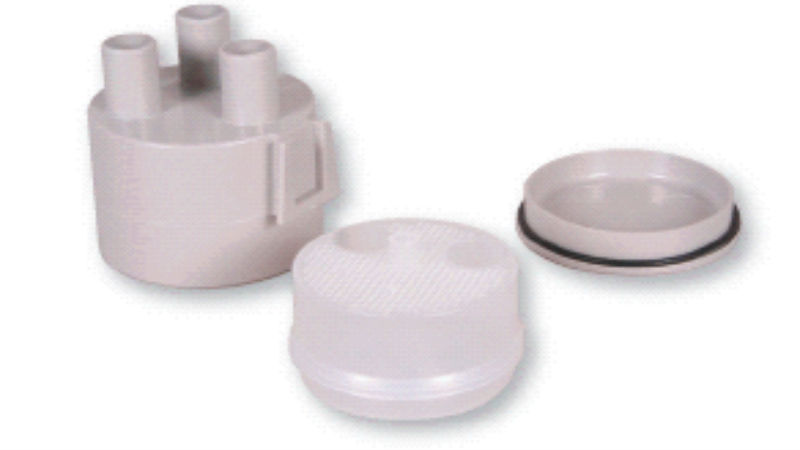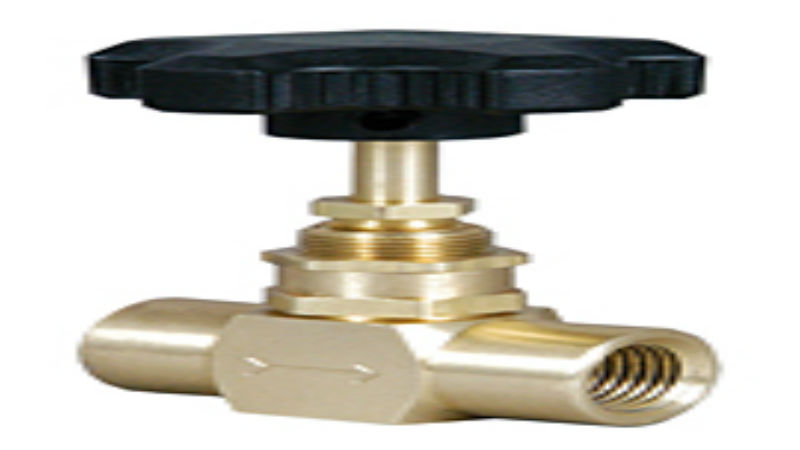“Control valves” is the term for a specific type of valve. As the name indicates, it is controller – of air or liquid flow. One specific type is the functional directional pneumatic control valve. These perform a vital role in any pneumatic circuit. They start, block or direct the airflow within the system, therefore acting to control the sequence and/or speed of the compressed air operation. While various types of pneumatic control valves are available, the most common are directional-control valves.
Common Types of Directional Pneumatic Valves
Functional directional control valves comprise a large classification of the various valves involved in controlling/preventing airflow. Multiple variants exist within this category including:
- Two-Way Directional Valves: This type enables air to flow in two directions through two ports. If the ports are open, air may flow easily through the first into the valve and on into the second port. If closed, all air is prevented from passing through the valve.
- Three-Way Directional Valve: As the name indicates, this pneumatic control valve has three ports – each with a specific purpose. The first connects to another device such as an actuator (often in a cylinder); the second to the airflow and the third acts as an egress for exhaust. Airflow movement is only possible when the first two valves are ajar and the last one closed. If the first and third are open and the second closed, the actuator vents exhaust.
- Four-Way Directional Valves: Pneumatic systems use this type, with its four distinct ports, the most. In this configuration, two ports connect to actuators while one connects to the airflow and another is an exhaust route.
Pneumatic Control Valve
Companies have different options. Yet, no matter what valve they select – compressor check, 3-way ball valve or pneumatic control valve, all function as a form of control. For directional pneumatic control valves, the goal is to control or inhibit the flow of air in a system.


